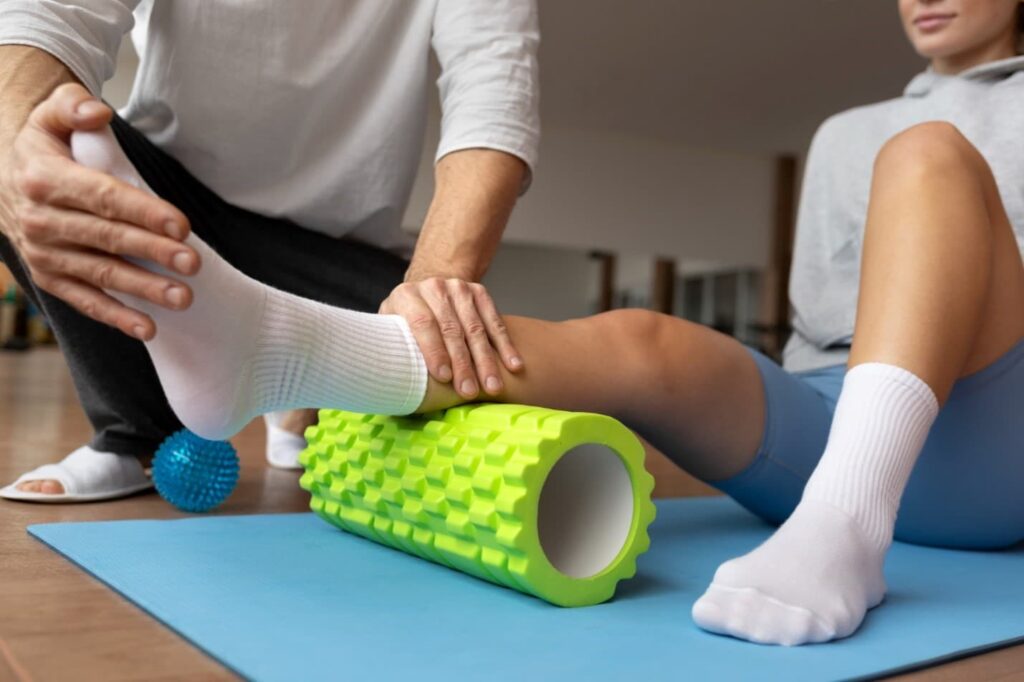Sports focus is often on training, competition, and pushing physical limits. While these aspects are crucial for success, recovery is an equally essential yet sometimes overlooked component. Athletes who prioritize recovery through rest, regeneration, and injury prevention can experience improved performance, reduced risk of injuries, and prolonged careers. This article will explore why recovery is critical in sports and how athletes can integrate effective recovery strategies into their training routines.
The Physical Toll of Sports
They were participating in sports that place significant physical demands on the body. Whether it’s the repetitive motion of running, the impact of jumping, or the strain of weightlifting, athletes subject their bodies to stress that can lead to fatigue, muscle soreness, and even injuries. The physical toll of sports extends beyond the visible impact on muscles and joints; it affects the entire physiological system.
Endurance sports, such as long-distance running or cycling, can strain the cardiovascular system substantially. Prolonged periods of intense exercise may lead to elevated heart rates, increased blood pressure, and heightened stress levels in the heart. Recovery, therefore, becomes essential to allow the cardiovascular system to adapt, strengthen, and reduce the risk of overtraining-related issues.
Intensive training and competitive sports can also induce central nervous system (CNS) fatigue. The CNS plays a pivotal role in coordinating muscle movements, and when tired, it may result in decreased coordination, impaired reaction time, and increased susceptibility to injuries. Adequate recovery, including proper sleep and rest, is crucial for restoring the CNS and optimal neurological function.
Remember to consider the mental and emotional toll of playing sports. Athletes often face high-pressure situations, intense competition, and the constant pursuit of perfection. This psychological stress can contribute to mental fatigue, anxiety, and, in some cases, burnout. Incorporating recovery strategies that address mental well-being, such as mindfulness practices and adequate rest, is essential for maintaining a healthy balance between physical and psychological fitness.

The Role of Rest in Recovery
Quality Sleep
One of the most fundamental aspects of recovery is adequate sleep. During sleep, the body undergoes essential processes, such as muscle repair, hormone regulation, and memory consolidation. Athletes should aim for 7-9 hours of sleep per night to optimize these recovery processes. Lack of sleep can impair cognitive function, reaction time, and overall physical performance, hindering an athlete’s ability to train and compete at their best.
Active Rest Days
While rest is crucial, it doesn’t necessarily mean complete inactivity. Incorporating active rest days into a training schedule can promote blood flow, reduce muscle stiffness, and enhance recovery. Activities like light jogging, swimming, or yoga can be beneficial for maintaining mobility and preventing stagnation in the recovery process.
Regeneration Techniques
Nutrition
Proper nutrition is a cornerstone of recovery. Athletes should consume a well-balanced diet of protein, carbohydrates, and healthy fats to support muscle repair and replenish energy stores. Hydration is equally important, as dehydration can impair performance and hinder the body’s ability to recover. Additionally, incorporating anti-inflammatory foods and supplements can help reduce inflammation and support the body’s natural healing processes.
Massage and Foam Rolling
Massage therapy and foam rolling are effective techniques for releasing muscle tension and improving flexibility. Professional massages can target specific areas, while foam rolling can be easily incorporated into an athlete’s routine for self-myofascial release. Both methods help enhance blood circulation, reduce muscle soreness, and expedite recovery.
Injury Prevention Through Recovery
Cross-Training
Engaging in cross-training activities can be a proactive approach to injury prevention. Varying the types of exercises and movements helps prevent the overuse of specific muscle groups, reducing the risk of repetitive strain injuries. Cross-training can also address muscular imbalances and enhance overall athletic performance.
Monitoring and Listening to the Body
Athletes must develop a heightened awareness of their bodies and be attentive to signals of fatigue or pain. Ignoring these warning signs can lead to overtraining, which impedes recovery and increases the likelihood of injuries. Implementing regular check-ins with coaches, physiotherapists, or sports medicine professionals can provide valuable insights into an athlete’s physical condition and help tailor recovery strategies accordingly.
In conclusion, recovery is a non-negotiable aspect of athletic training that directly impacts performance and injury prevention. Athletes prioritizing rest, regeneration, and injury prevention techniques position themselves for long-term success and sustained excellence in their respective sports. Coaches, trainers, and athletes should recognize recovery’s integral role in achieving peak performance and take proactive steps to incorporate these strategies into training programs. By doing so, athletes can optimize their physical well-being, reduce the risk of injuries, and unlock their full potential in the world of sports.
